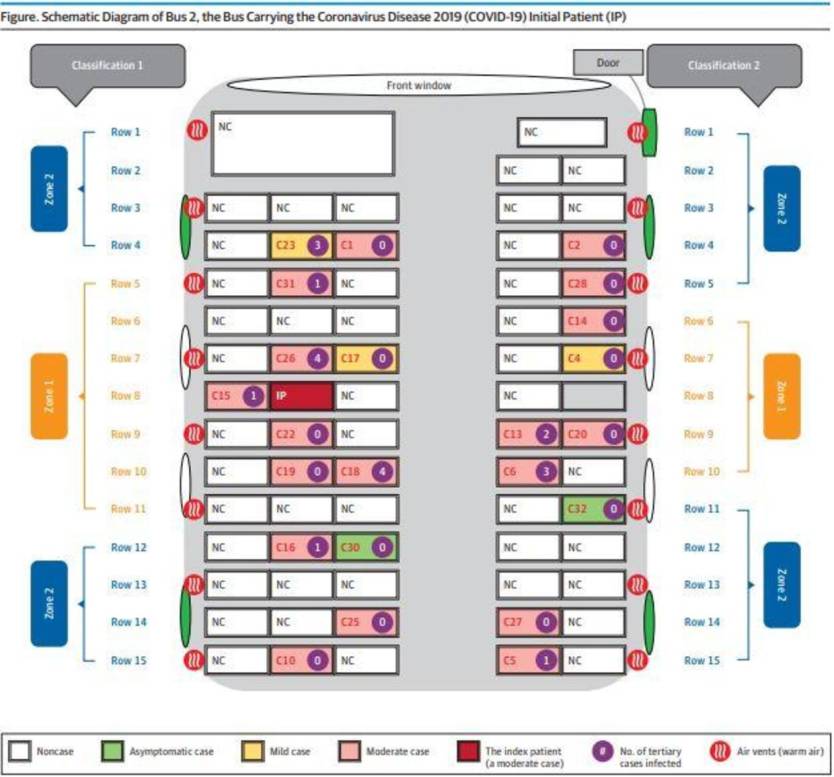- Countless studies have proven that the coronavirus can spread through the air, highlighting the importance of face masks, social distancing, and proper ventilation.
- New research from China shows that a single person infected 23 other people because they all shared an enclosed space.
The novel coronavirus spreads through the air with ease, with an increasing number of studies proving that COVID-19 airborne transmission should be a huge concern to health officials and the general public. The World Health Organization (WHO) reluctantly conceded that the virus can spread through the air when more than 200 scientists urged the group to do so. But the organization maintains that droplet transmission is mainly responsible for the spread of the virus, while aerosol transmission can only happen in certain conditions. That happened a few months ago. Since then, more studies have shown that airborne transmission provides the most plausible explanation in many cases. Just the other day, a couple of new studies from China and Europe explained that exhaled air can contain millions of virus particles and that air conditioning systems that only recirculate air can increase the risk of infection. A different paper now demonstrates the likelihood of coronavirus transmission through the air, showing how a single infected individual spread COVID-19 to 23 other people who rode the same bus back in January.
Researchers from the China CDC had the luxury of conducting a study that’s definitely not possible today, especially in regions with large COVID-19 outbreaks. They studied a case of coronavirus spread between the passengers of the same bus and compared it to a second group of passengers who rode a different bus but attended the same event. Published in JAMA Internal Medicine, the study says that “Airborne transmission may partially explain the increased risk of SARS-CoV-2 infection among these bus riders.”
The study looked at 128 people divided between two buses that went on a 100-minute round trip to a religious event that lasted 150 minutes. The source patient was a passenger on bus 2 who sat in the middle of the bus, as seen in the diagram below. The index patient received a positive diagnosis after the trip, and 23 other people on the same bus were infected as well.

People caught the virus no matter where they sat on the bus, which seems to be a clear indication that the ventilation may have played a role in the spread of the illness. “The absence of a significantly increased risk in the part of the bus closer to the index case suggested that airborne spread of the virus may at least partially explain the markedly high attack rate observed,” the researches wrote.
The 23 people could have been infected at the worship event. That’s always a possibility. But what happened on the other bus suggests the infections took place mostly during the nearly two-hour ride rather than at the location of the event.
The 60 passengers on bus 1 did not catch the virus despite attending the same event together with the passengers from bus 2. Only seven people at the entire event who weren’t on a bus got the virus, likely from the same source. In total, 300 people attended the gathering. This all happened at a time when the Chinese COVID-19 outbreak was limited mostly to Wuhan — at least, according to authorities in China — so no safety measures were taken.
As always with COVID-19 studies, more research on airborne transmission is definitely needed. But the bus spread study does indicate that it’s critical to avoid crowded places as long as the infection is still raging, especially if they’re not well ventilated.








